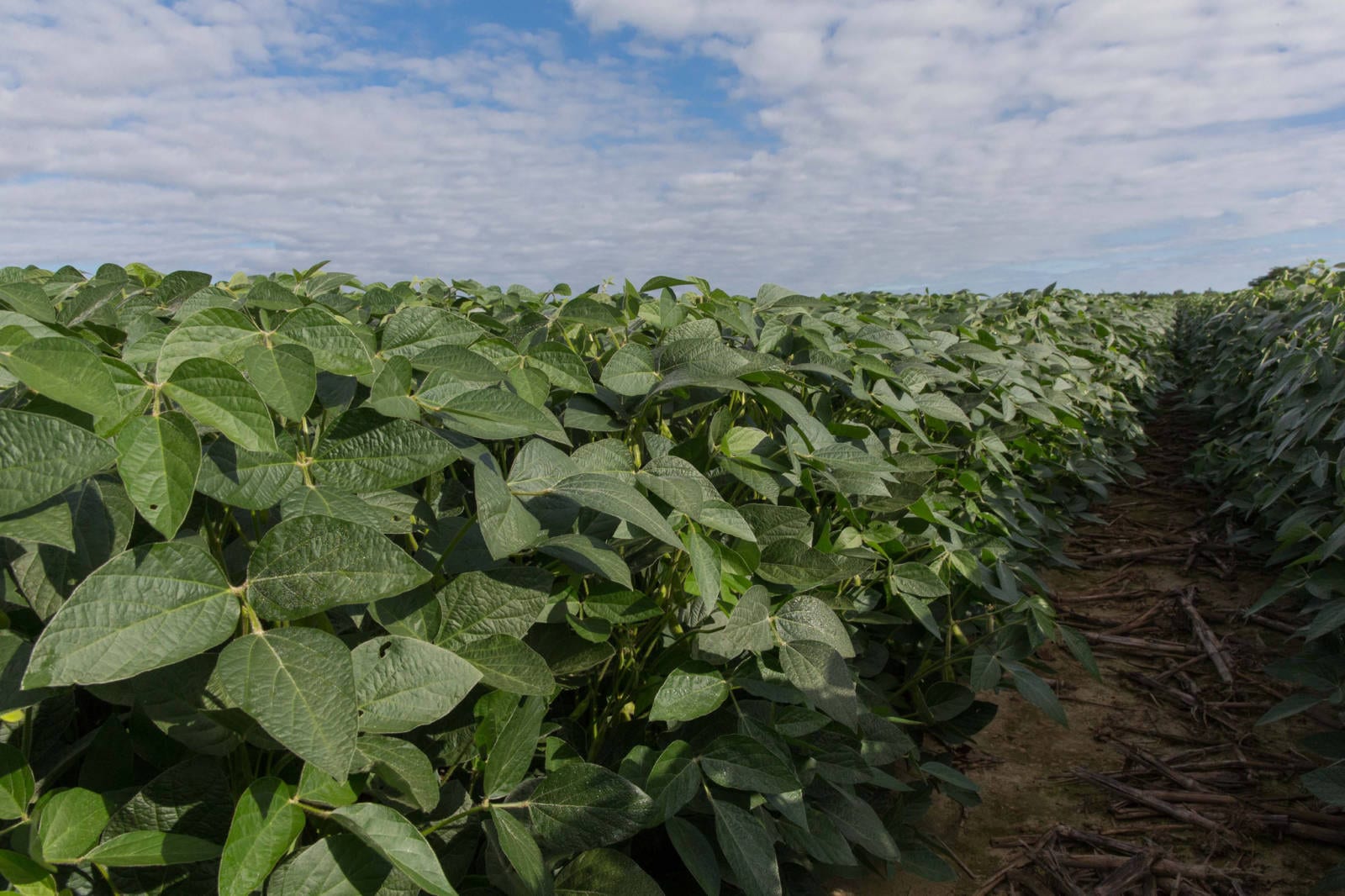Biotech crops have been on the market for more than 20 years, yet they remain a hot topic and continue to raise questions about what they are and how the technology is used in food production.
Here are some answers to the most commonly asked questions related to biotech crops to help you make more informed decisions.
Q: Is biotechnology new?
A: For roughly 10,000 years, our ancestors have been genetically altering plants and seeds. Every fruit, vegetable and grain that is commercially available today has been altered by human hands, including organic and heirloom seeds.1 Modern biotechnology, which has been around for more than 20 years, simply offers a quicker, more efficient path to accomplishing the same goals. Biotechnology improves soybean seeds available to farmers, providing them with new ways to combat weeds, insects and other agronomic challenges, and produce more food, feed and fuel to better meet customer needs.
- Potential biotech crops go through rigorous testing and need to be approved by the Food and Drug Administration, Environmental Protection Agency and USDA.2
- It takes an average of 13 years and $136 million dollars of research and development for one seed to be market ready.3
Q: Are biotech foods healthy?
A: Biotech foods are nutritionally and chemically identical to food grown from non-biotech crops.4
- Biotech companies consult with the FDA about potential genetically engineered foods and perform extensive allergy and toxicity testing.
- Biotechnology can help improve the safety of certain foods by minimizing naturally occurring toxins and allergens.
Q: What impact do biotech crops have on the environment?
A: Biotechnology has played a role in the reduction and more precise use of pesticides and herbicides and has allowed farmers to adopt enhanced conservation-tillage practices.
- The Council of Agricultural Science and Technology5 studied conventional, organic and biotechnology-derived soybean crops and concluded that biotech soybeans yield the following environmental benefits:
- 93 percent decrease in soil erosion
- Preservation of 1 billion tons of topsoil
- 70 percent reduction in herbicide runoff
- Reduction in CO2 emissions by 326 million pounds
- From 1996 to 2014, biotech crops have collectively reduced global pesticide applications by 1.3 billion pounds.6
- In 2014, biotechnology enabled farmers to use 51 million less acres of land to produce the same amount of crops.6
Q: Is biotechnology safe?
A: Biotech crops and foods are among the most regulated and tested products in history.7
- More than 1,700 peer-reviewed safety studies focusing on human health and the environment have been published since biotech crops became commercially available in 1994. Scientific consensus is that existing genetically engineered crops are no more or less risky than conventional crops.
- Before genetically engineered varieties can be brought to the market, they undergo years of research, development and required regulatory approvals. This process often takes longer than the time it takes to bring pharmaceutical medicines to the market.
- More than a dozen medical and scientific groups worldwide, including the World Health Organization, have stated that biotech crops currently approved for market are safe.
Q: Is it safe to give animals feed that contains biotech ingredients?
A: To evaluate the safety of biotech crops, scientists often research how animals react to biotech feed. These studies have been extensive and show that biotech feed has no effect on animal health or behavior.
- In the most comprehensive study of genetically engineered feedstuffs ever conducted, researchers reviewed 29 years of livestock productivity and health data from before and after the introduction of genetically engineered animal feed.8
- The study found that genetically engineered feed is safe and nutritionally equivalent to non-GE feed.
- There were also no detectable or reliably quantifiable traces of genetically engineered components in milk, meat and eggs following the animals’ consumption of GE feed.
For more information about biotechnology, visit www.gmoanswers.com.

Sources:
- https://gmoanswers.com/explore?carouselid=3&slideindex=0
- https://www.usda.gov/wps/portal/usda/usdahome?navid=AGRICULTURE&contentid=BiotechnologyFAQs.xml
- McDougall, P. 2011. “The cost and time involved in the discovery, development and authorisation of a new plant biotechnology derived trait.”
- https://cspinet.org/protecting-our-health/biotechnology/frequently-asked-questions
- Council for Agricultural Science and Technology. 2009. “Sustainability of U.S. Soybean Production: Conventional, Transgenic, and Organic Production Systems.”
- Brookes, G. and P. Barfoot. 2016. “GM Crops: global socio-economic and environmental impacts 1996-2014.”
- Entine, J. 2013. “2000+ Reasons Why GMOs Are Safe To Eat And Environmentally Sustainable.”
- Van Eenennaam, A. L., and A. E. Young. 2014. Prevalence and impacts of genetically engineered feedstuffs on livestock populations. J. Anim. Sci. 92:4255-4278.
